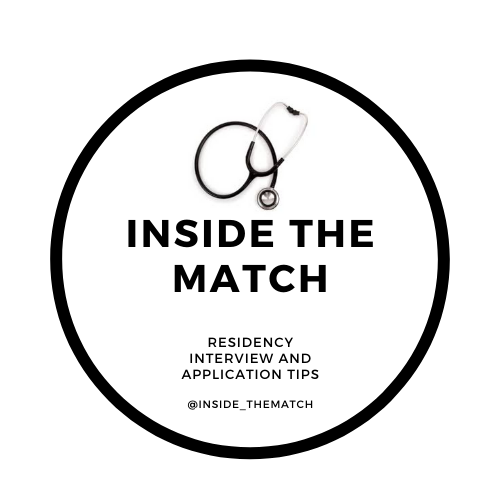Step 2 Study Tips
Written by Julie Hansen, MD (@hyprmed)
Talking about study tips isn’t the easiest topic to write about because many of us have different learning styles and prefer specific resources over others. With that in mind, I am going to provide general tips for being efficient and effective with the resources you choose to use. In my opinion, every student preparing for Step 2 should have a question bank, video resource, and textbook or Anki.
UWORLD Step 2 question bank is the go-to resource for most students preparing for this exam. I recommend going through UWORLD by core rotation while you are in that specific rotation. For example, if you are currently rotating through internal medicine, you should be doing the internal medicine questions from UWORLD. As you get closer to the Step 2 exam (I did this 4 weeks out) I recommend resetting UWORLD and completing 40 question blocks 100% random, 100% timed. This will help simulate the test environment and review all content. As a side note, I do recommend practicing a full test day. I recommend doing an NBME and then 3 UWORLD blocks or a UWORLD Self-Assessment and 4 UWORLD blocks. This allows you to check your stamina and determine if your plan was ideal for staying focused throughout the exam. Working on stamina can be the difference between a score of 240 and 250. Silly mistakes happen more often when we are fatigued and unfocused.
There are four main Step 2 video resources, PHYSEO, Boards & Beyond, Sketchy Clinical, and OnlineMedEd. I recommend PHYSEO, Boards, or Sketchy because they are up to date and accurate to new recommendations and were created within the last 2 years. I found OnlineMedEd did not update old videos often and quite a bit of content was outdated and therefore inaccurate. When using a video resource, I don’t suggest you go through and watch every single video. I do think using videos to cover weak topics is extremely beneficial because videos can break down difficult topics you’re struggling with more clearly than reading a textbook or a question explanation.
The reason I suggest a main textbook or Anki is because there needs to be an active study component to reviewing your question bank. Incorrect questions should either be annotated into that textbook or created into a new Anki card. I am a firm believer that creating your own Anki card vs unsuspending/filtering a card based on your incorrect questions is a lot more helpful. I’m not saying do not do the AnKing Deck during core rotations, I recommend that. All I am saying is you will retain more information from your incorrect questions and be less likely to make that same mistake again if you create an Anki card for that question. That active learning and processing of your mistake is valuable.
Overall, a student should use their question bank the most and have an active review method for incorrect questions. The video resource should be used on weak topics only. Find these weak topics from your question bank! Again, I want to reiterate that there isn’t a one-size-fits-all method for everyone when preparing for these exams. If you have a method that works great and you’re crushing shelf exams, keep that method, but this strategy and approach have worked well for me and my tutor students.

